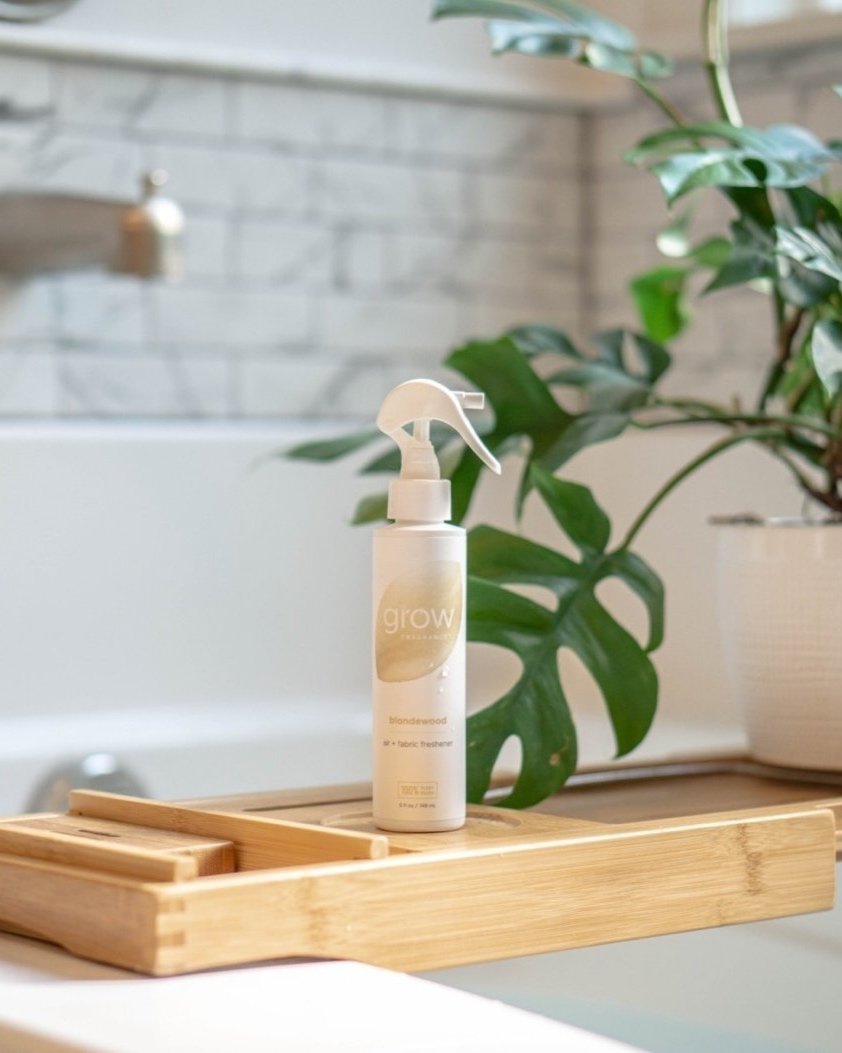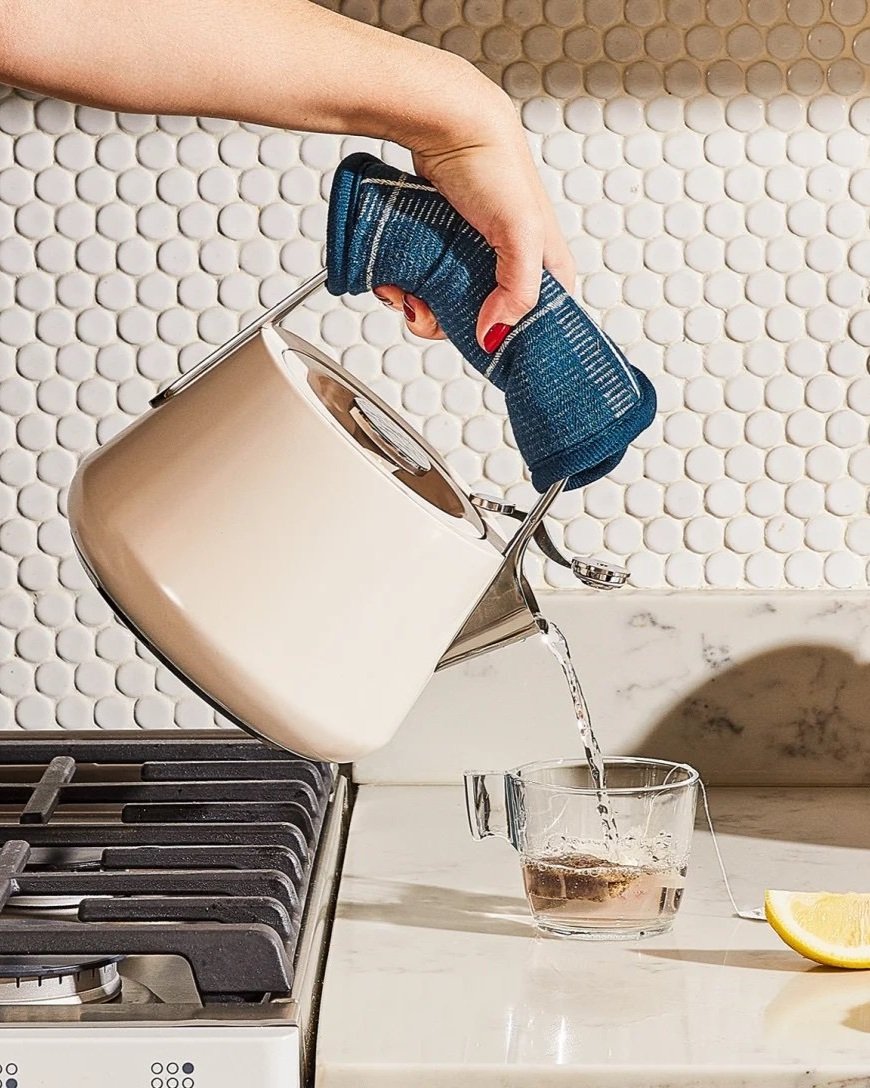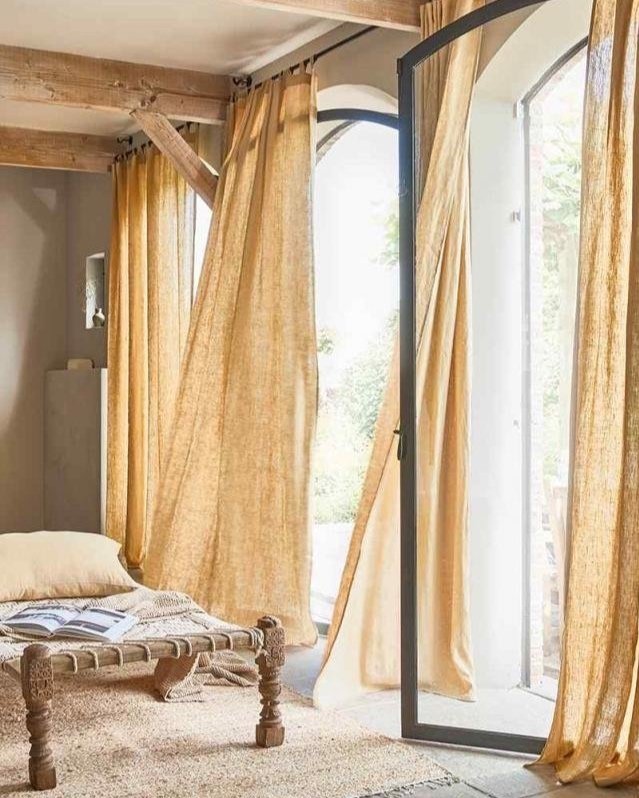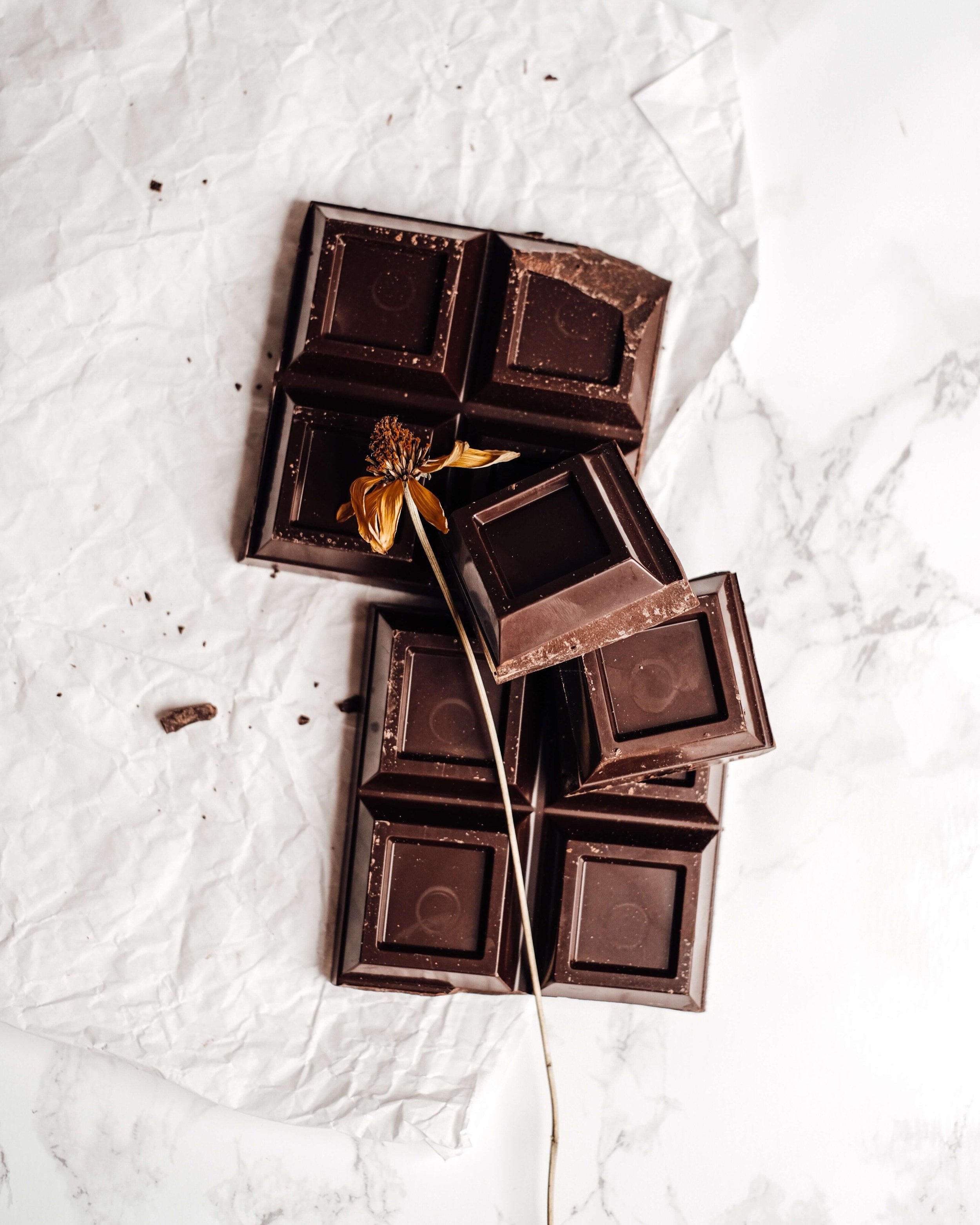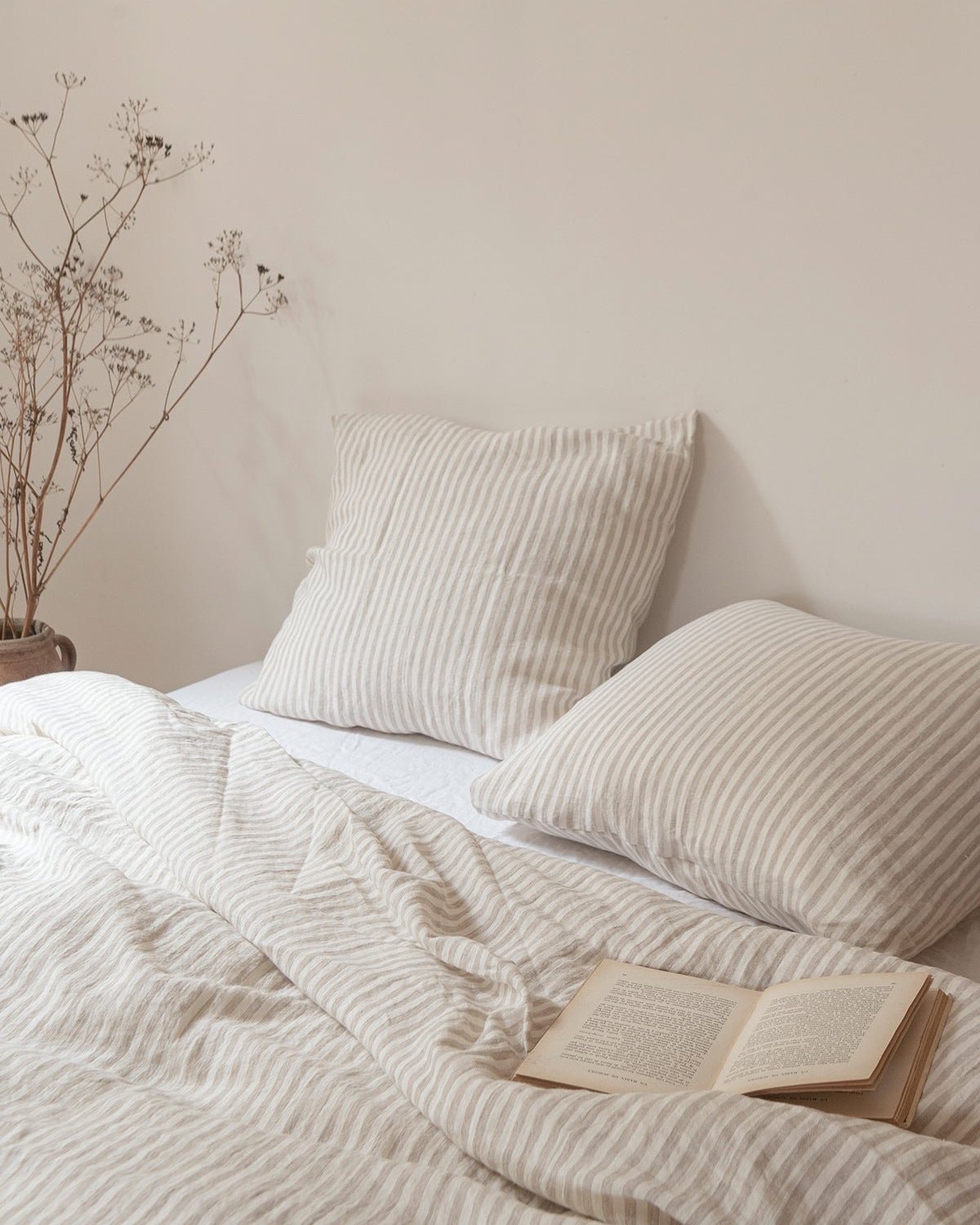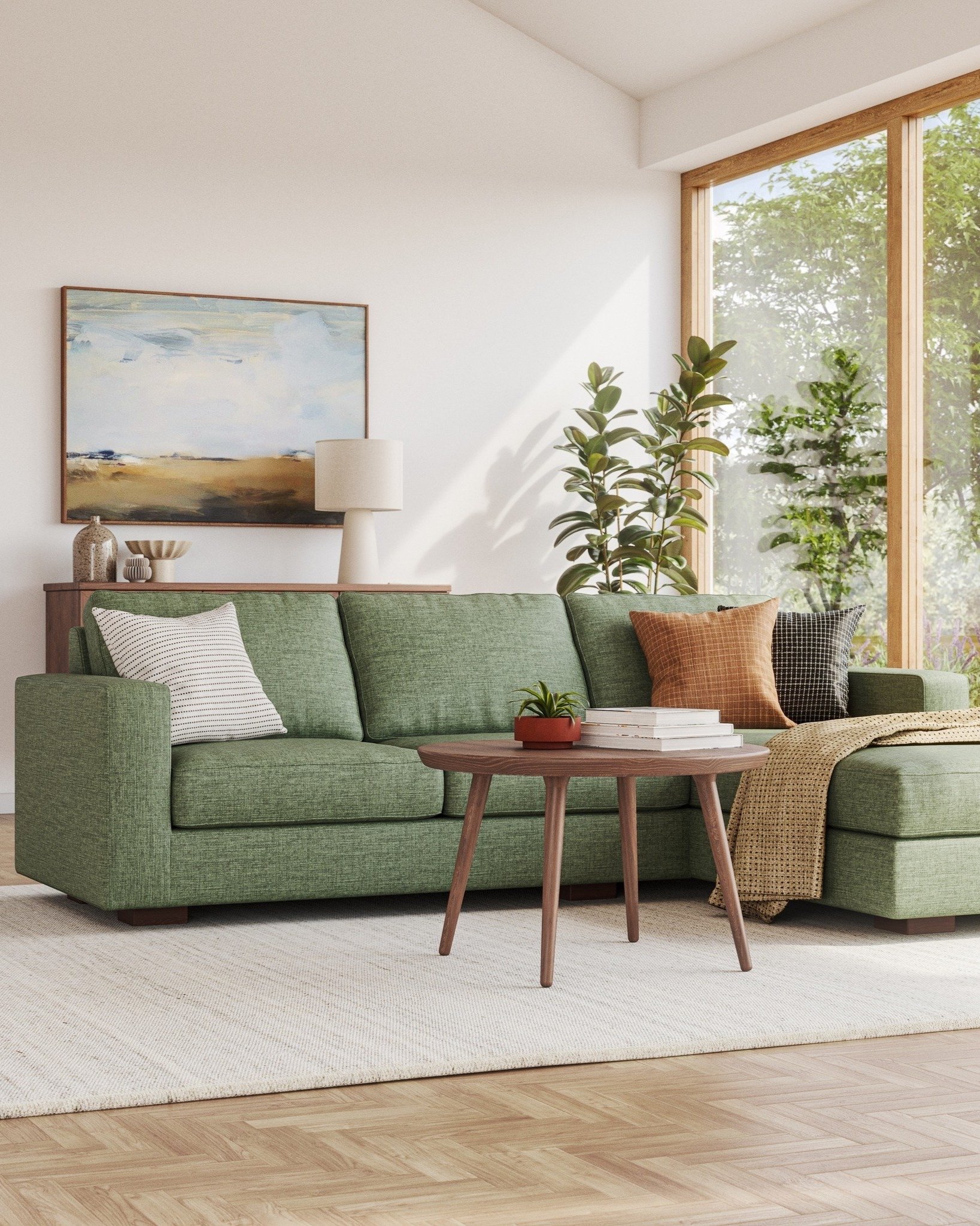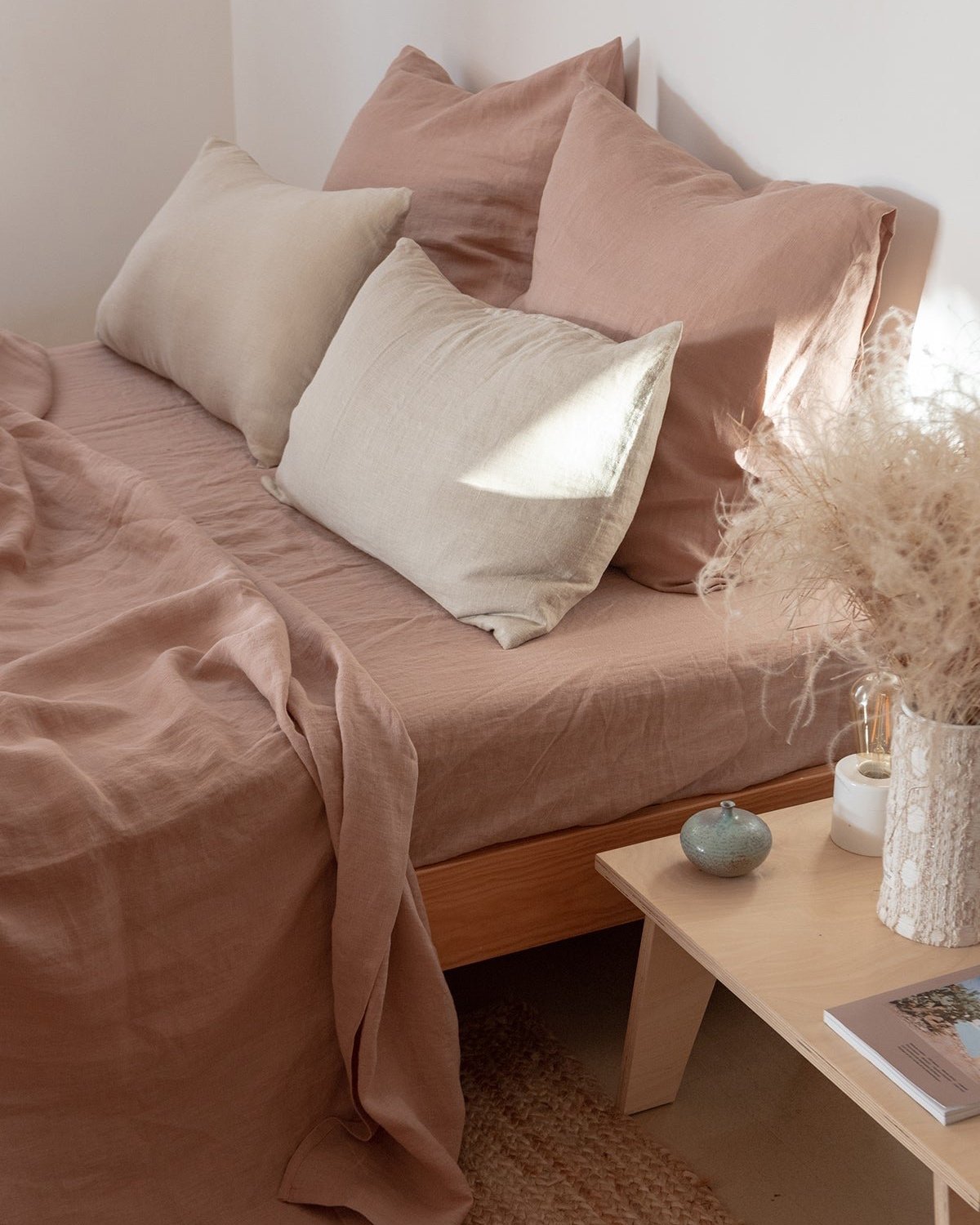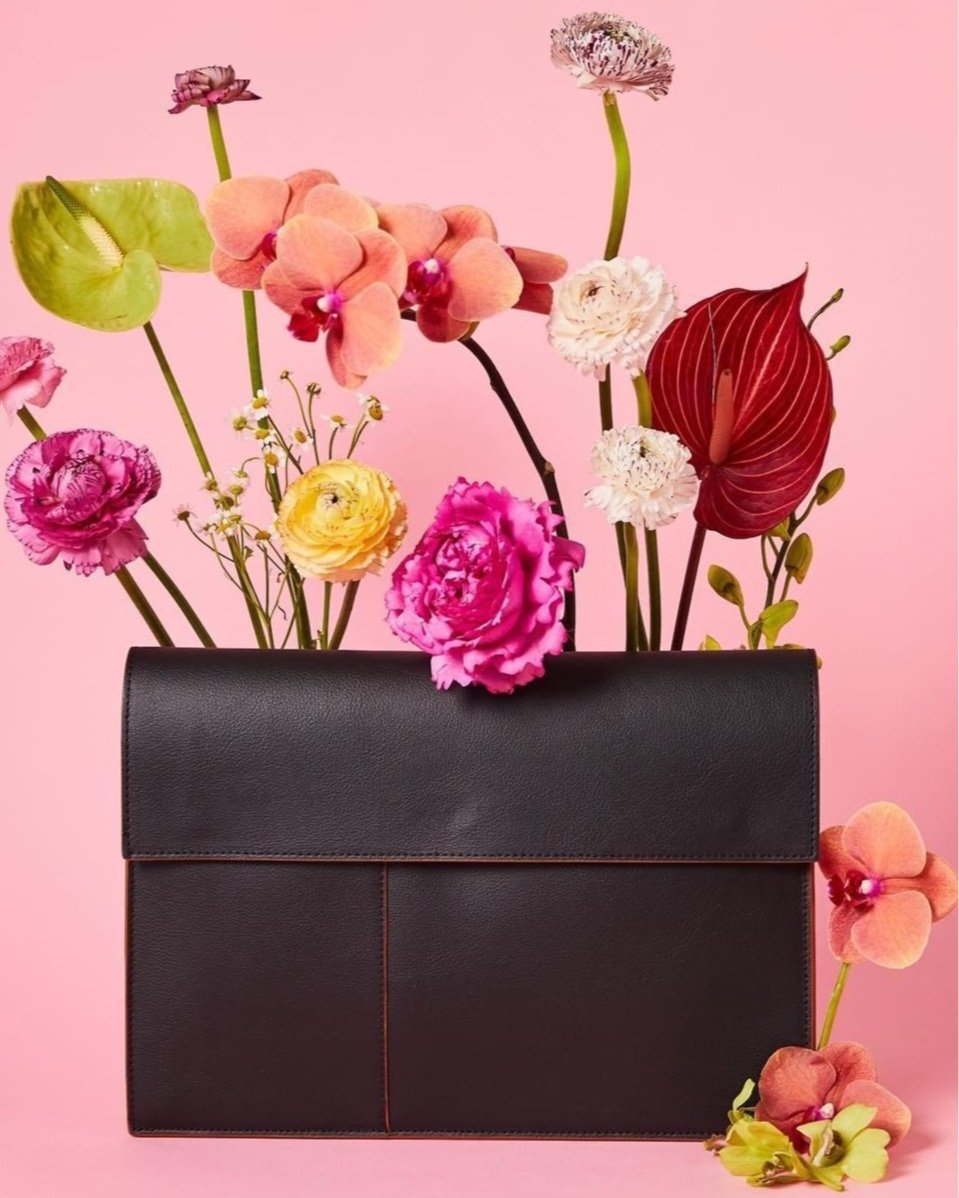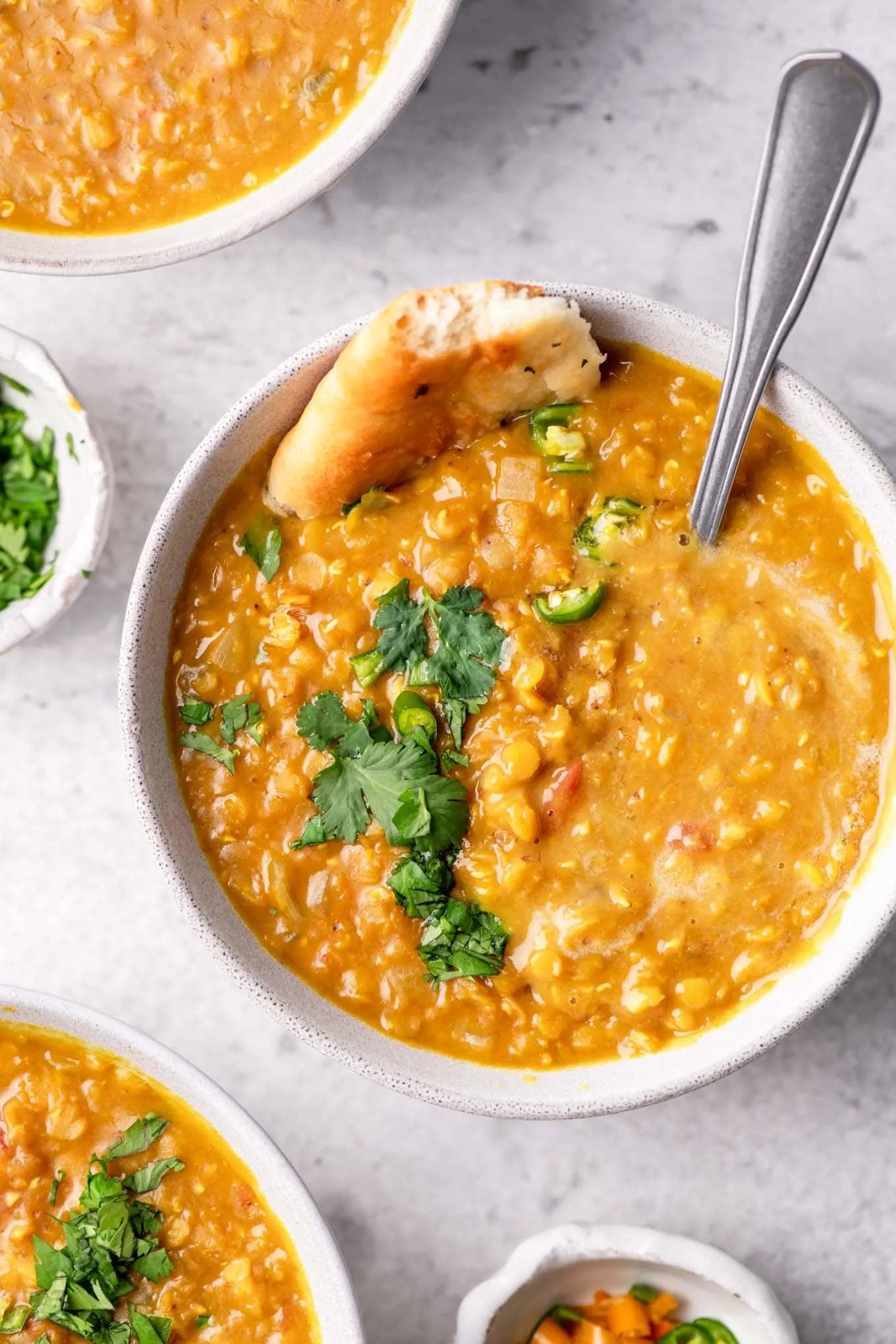A Guide to Carbon Emissions & Carbon Offsets
Within my own sustainability journey, it’s felt as if I “level up” every so often as I educate myself, keep an open mind, and listen to the voices of so many leaders within this movement.
One of those level-ups was learning about carbon emissions, and in turn, carbon offsets.
Sometimes it can feel as if you’re just getting the hang of being more eco-conscious - remembering your reusable bags when grocery shopping, purchasing from small businesses when you can, making sure your household doesn’t have food waste - and then you learn about a new way you can be doing “better”. And that can be overwhelming.
But let’s get something straight: imperfect sustainability practiced by many is better than perfect sustainability practiced by few.
It’s a popular phrase within the sustainability community, but that doesn’t make it any less important. It’s important to remember that while one person’s actions can make a difference, there are still massive corporations that need to change, too. It’s not all on your shoulders. As a community, we’re here to support one another through each level-up moment and to continue to build momentum until our communal actions and demands shift the tide, with corporations taking responsibility for their actions.
But I digress. Kinda.
So let’s dive into carbon emissions.
What are carbon emissions?
Carbon emissions go by another name you may recognize: Greenhouse Gases.
Basically, “Greenhouse Gases” is the umbrella term, encompassing carbon as well as methane and other gases. The term “carbon emissions” is just specific to carbon dioxide being released into the atmosphere. But carbon is by far the most polluting gas.
According to the EPA, carbon emissions account for 79% of all GHG. Methane is in second place at 11%, nitrous oxide in third at 7%, and fluorinated gases in fourth at 3%. So, obviously, carbon is the big hitter here.
So where does carbon come from? Fossil fuels, specifically when they are burned. Burning coal and oil puts a ton of carbon into the atmosphere, but burning almost anything else does too. You’d think that burning wood wouldn’t be a big deal, but trees and organic matter store carbon, and when they’re burned, those gases are released. This is why deforestation is such a major problem, on top of decimating local ecosystems.
According to the EPA, “Human activities are responsible for almost all of the increase in greenhouse gases in the atmosphere over the last 150 years.” Yikes. But not super surprising, right?
Wondering what we’re doing about it yet? Let me tell you.
What are carbon offsets?
You know that viral video where someone is showering, rinsing the shampoo out of their hair, and each time they go to rinse it out someone else pops over and puts more shampoo in their hair?
In a weird way, carbon offsets are kinda like that.
The basic idea of carbon offsetting is to take action to remove carbon from the atmosphere that you/your company has caused. So, when you shop online and it takes a plane, a train, and a car to get delivered to you, think about the carbon that creates. It needs to be offset.
Carbon offsetting is a great solution right now because, as a society, we are still tremendously reliant on fossil fuels, and therefore we continue to create carbon emissions.
We’re going under the showerhead to rinse out that shampoo, to offset our carbon emissions, but then major corporations (read: the fossil fuel industry) add more shampoo, and we rinse and repeat. (See what I did there? Ha!)
The obvious solution is to just get rid of the person continuously adding shampoo to our hair, but we’re simply not there yet.
So are carbon offsets even worth it?
Yes.
Working continuously to offset our emissions is still a vital task in order to combat the climate crisis. It is necessary. Without it, the climate crisis will only get worse. Which yes, is still possible.
How can you offset emissions?
There are a handful of different ways you as an individual can offset your personal carbon emissions. Let me give you a few tips
Taking a flight? Offset with Chooose.
When Chooose first got started, they focused solely on offsetting your plane rides. This was the first carbon offsetting program I discovered, which I found super helpful. As a college kid going to school in Chicago, with my whole family back in California, I took a lot of flights. Now, Chooose has three different tiers: ChoooseClimate for companies, WeChooose for organizations, and MyChooose for individuals.
2. Put your money where your mouth is with Aspiration
This is a two-fold awesome way to offset your carbon. First and foremost, when you switch to Aspiration, you’re divesting from the fossil fuel industry and massive corporations, like Chase. Secondly, with each purchase, Aspiration plants a tree. You can track your progress toward net-zero carbon, and they’ve even incentivized it; if you hit carbon zero that month, you get 1% cash back on all purchases.
3. Shop locally whenever you can
Buy your produce from a farmer’s market. Get your pet food from the local pet supplies shop. Bike to your local target for your skincare refills instead of ordering online. Take public transportation downtown to run your errands. The point is: the less the product has to travel to get to you, the fewer carbon emissions it creates.
4. Don’t forget about the electricity!
“Over 40% of energy-related CO2 emissions are due to the burning of fossil fuels for electricity generation.” So switch those lights off when you’re not home, or when natural light is good enough. And don’t let that sneaky phantom power get you! Unplug (yes, like from the wall) any devices that aren’t in use. I’m looking at you, the toaster, phone charger, guest bedroom lamp, etc.!
5. You can also shop from Certified Carbon Neutral companies
Shopping locally is great, but sometimes it’s simply not an option. When you need to get your shop on, look into the ethics of where you shop. Do they have a page outlining their sustainability efforts? Are they using recycled materials? Are they working with 1% For the Planet, or are they Certified Carbon Neutral? These are questions we as consumers can ask and demand of companies, and by doing so put pressure on other companies to put in the work to do better - for our people and our planet.
You can find a list of all 301 (as of right now) companies here!
Here are just a few more ways to take action to get you started
So hopefully you understand carbon emissions and carbon offsets just a little bit more, and feel confident going about your next “level up” in your sustainability journey :)
About the Author:
Paige Annelayne is a freelance writer and digital media specialist currently based in Alabama, who loves to cook, learn about intersectional sustainability, and read a lot of books. Her cat, Gnocchi, her plants, and a good cup of matcha bring her joy. You can connect with Paige on Instagram @vitality.blog and at www.vtltyblog.com
MAKE SURE TO PIN THE PHOTO BELOW TO SAVE THIS POST FOR LATER!
WANT to find SUSTAINABLE BRANDS? VISIT OUR BRAND DIRECTORY!
Our Brand Directory is home to hundreds of sustainable brands, from makeup to cleaning supplies, from underwear to shoes. We have broken everything down by category for easy shopping, along with discount codes unique to Sustainably Chic viewers.







